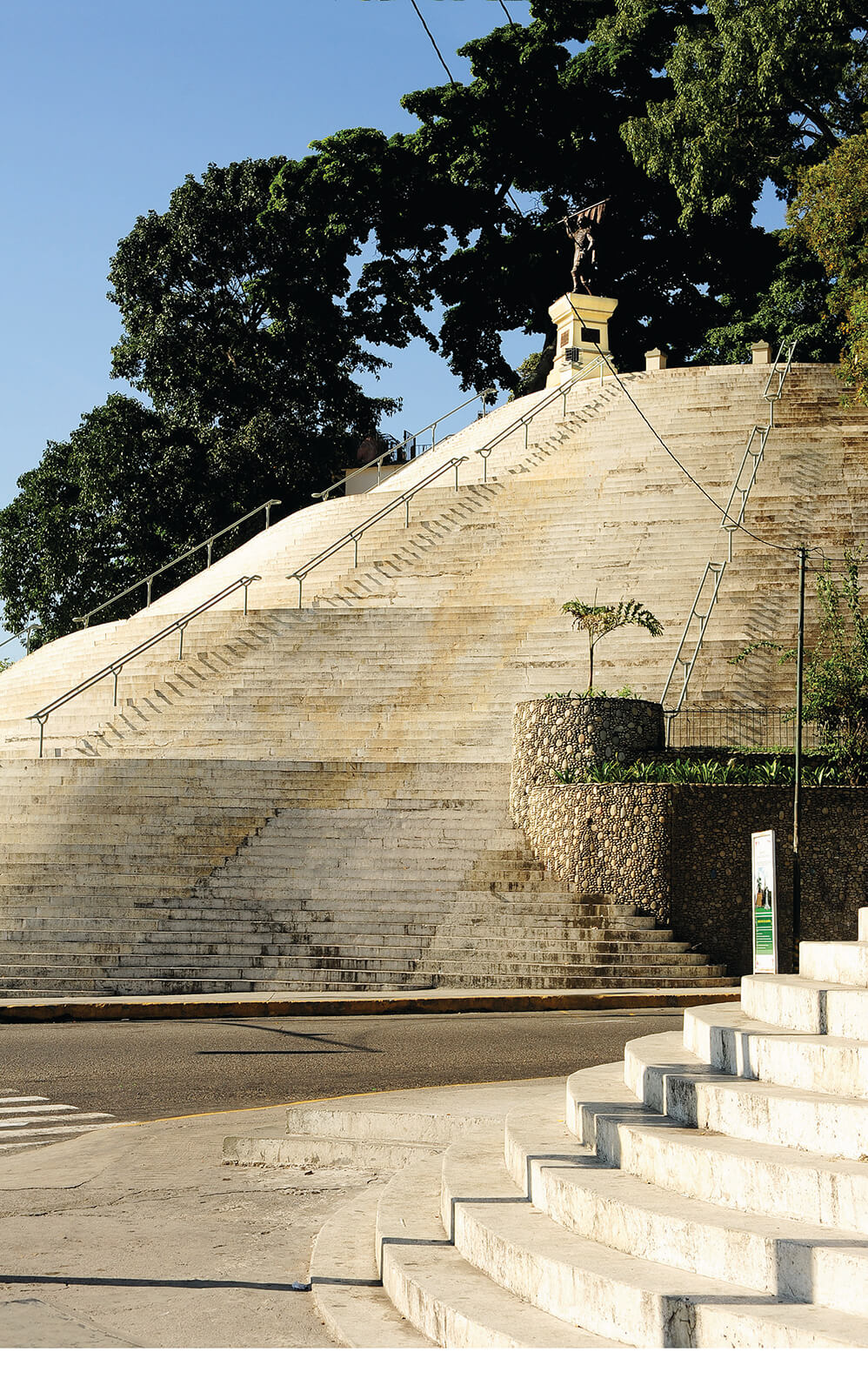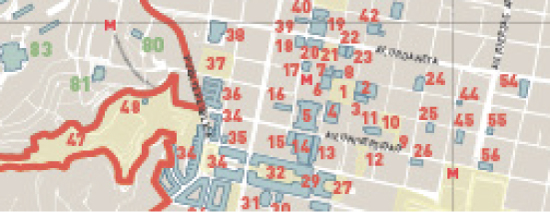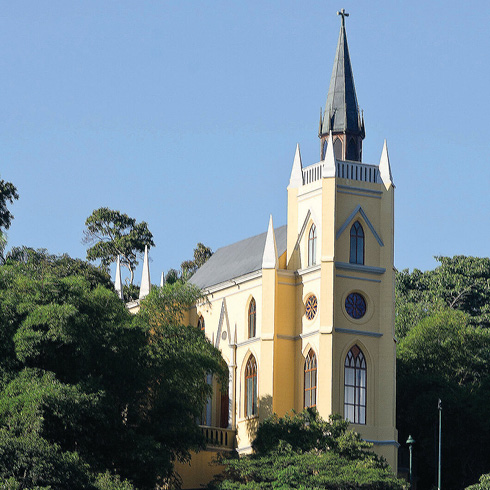JAC
The Shrine of Nuestra Señora de Valvarena, on the hilltop, was a Holy Week pilgrimage place. The grand staircase, of one hundred and ten steps, giving access to the park, is the most striking feature of the first urban park in nineteenth century Caracas. The hill, the city’s western limit at the time, was a favorite lookout point for sketching. In 1873, Guzmán Blanco was determined to get Caracas out of its provincial slumber, and incorporated the hill into the city. The project involved reforesting the barren hill, with an artificial lake that worked as a central aqueduct for the capital. The tanks received water from the Macarao River and ensured the park’s watering. From the lake a series of small ponds were created, crossed by zigzagging streets and lookouts, integrating the idea of a natural English park with the geometry of French gardens and creating an axial sequence of terraces with stone railings, small plazas and flowerbeds, linked to the city through the staircase. The park is articulated by paths leading to the Simón Bolívar, Agustín Codazzi, El Gazebo and El Parnaso plazas, and houses several interesting works, like the Chapel of Nuestra Señora de Lourdes (1885), the Arc of the Federation (1895), and the Cajigal Observatory (1888). The park’s importance has diminished, having lost much of its original 21 hectares. Renovated, it still offers magnificent views of the city.
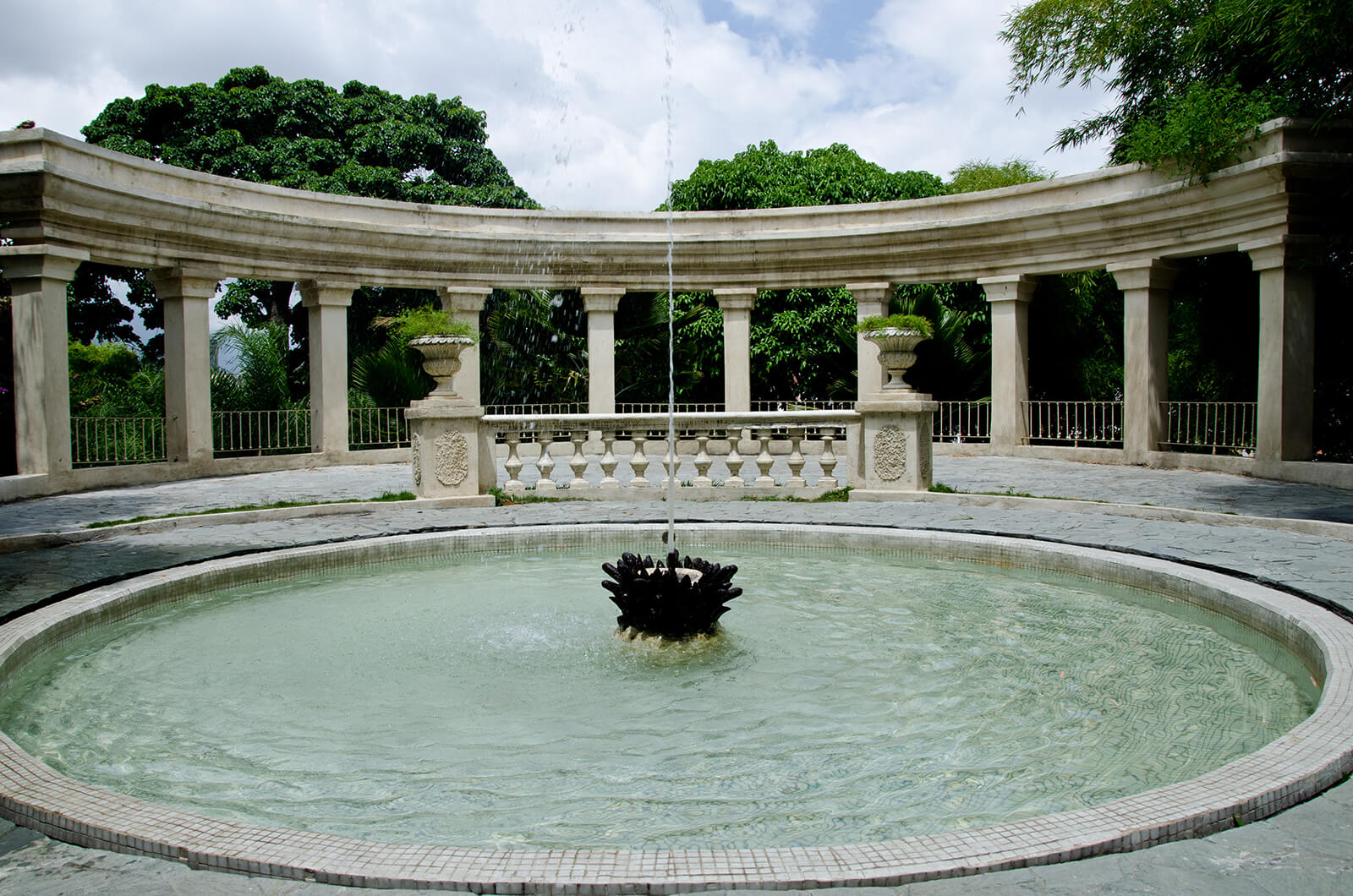
DDN-1
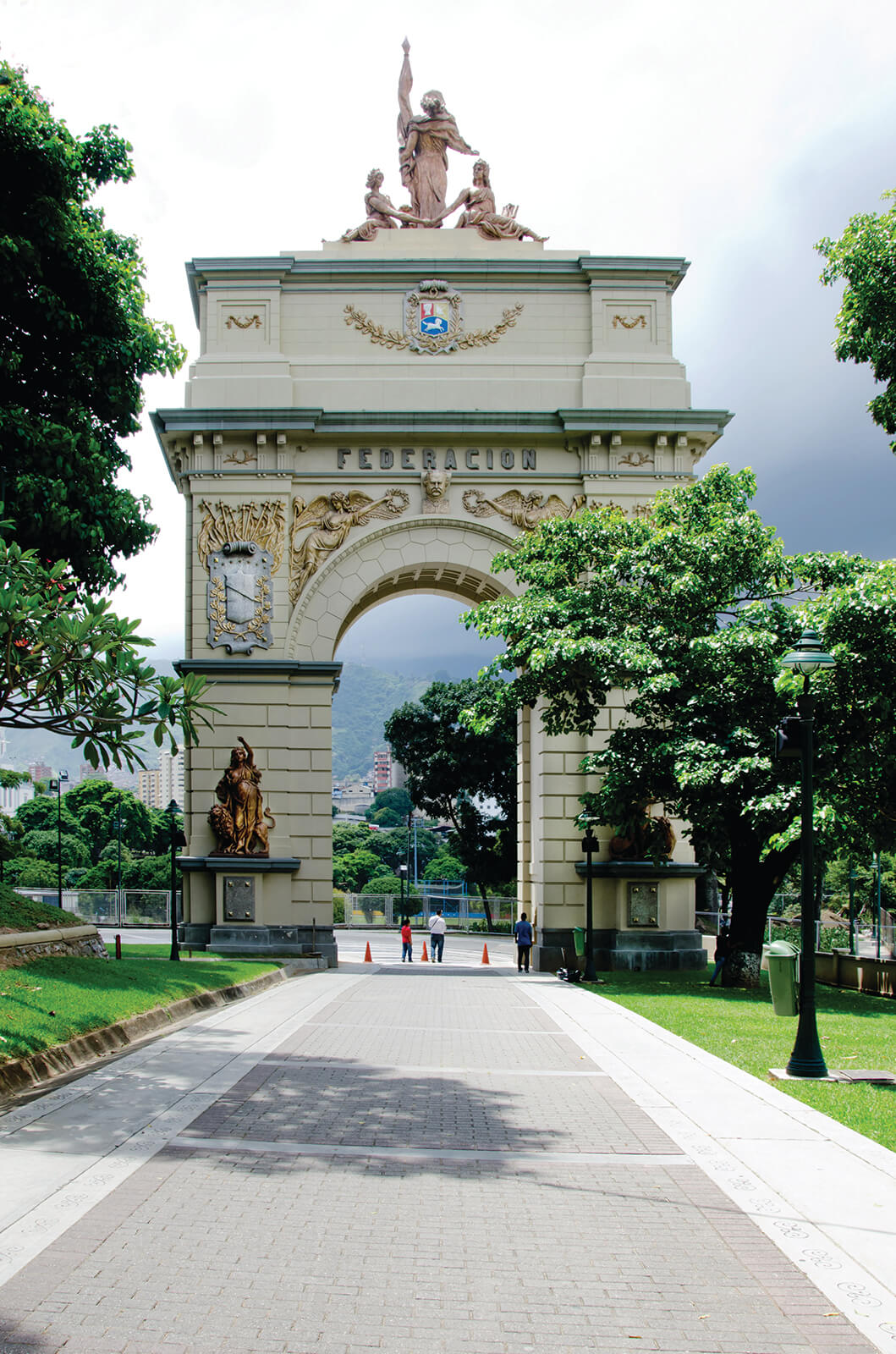
DDN


